Advantages/disadvantages to gardening in the carolina's
blueangel
17 years ago
Related Stories
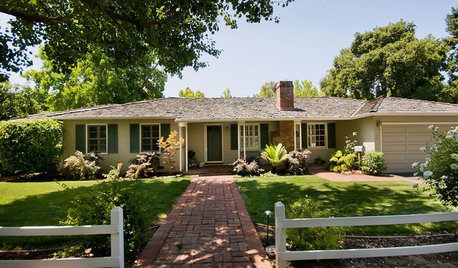
ARCHITECTURE10 Advantages of the Humble Ranch House
Boomer-friendly and not so big, the common ranch adapts to modern tastes for open plans, outdoor living and midcentury mojo
Full Story
FLOORSWill Cork Float for Your Bathroom Floor?
Get the facts on advantages, disadvantages, costs and installation to see if a cork bathroom floor is right for you
Full Story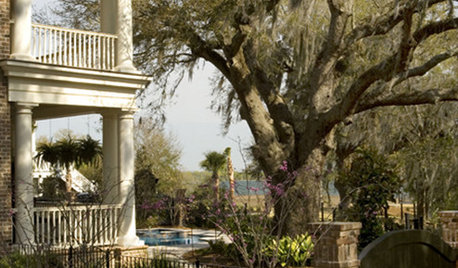
HOUZZ TOURSRegional Design: Charleston and the South Carolina Lowcountry
On the fringes of the South Carolina coast, a range of classic vernacular styles meets modern technology and updated sophistication
Full Story
DECORATING GUIDESDecorating 101: Do It Yourself or Hire a Pro?
Learn the advantages and disadvantages of decorating alone and bringing in skilled help
Full Story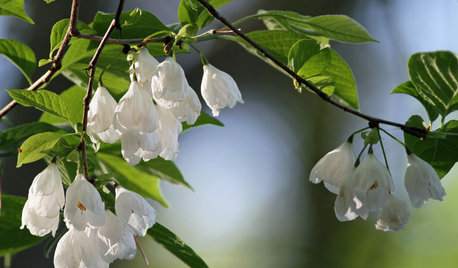
GARDENING GUIDESGreat Design Plant: Halesia Tetraptera
Carolina silverbell is a Southeastern native tree that adds spring blooms to a shady slope, a woodland edge or even a lawn
Full Story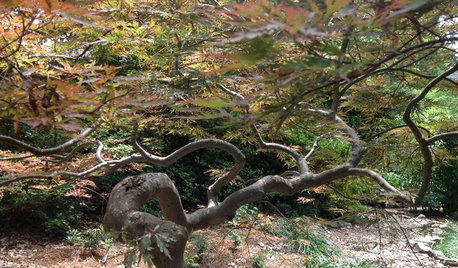
FALL GARDENINGA Garden With a Love Story
Over 23 years, a North Carolina couple has created an inviting, magical garden that harmonizes with its woodland setting
Full Story
FALL GARDENINGWhy Fall Is the Best Time for Planting
Spring is overrated for planting. Starting plants in autumn has advantages for both garden and gardener
Full Story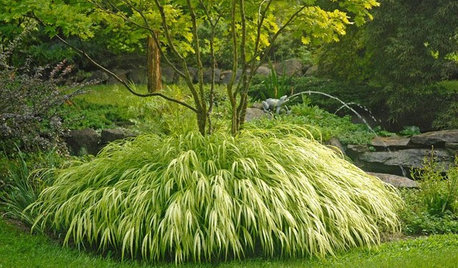
PRODUCT PICKSGuest Picks: 20 Gorgeous Perennials to Plant Now
Take advantage of warm spring weather to create a colorful garden with blooming plants, succulents and ornamental grasses
Full Story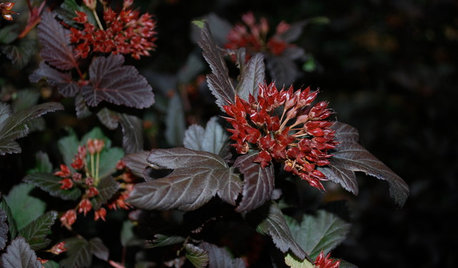
LANDSCAPE DESIGNGreat Design Plant: Sun-Loving Ninebark Puts on a Color Show
This tall, dark and handsome native shrub is equally at home in jeans and boots or in a suit and tie
Full Story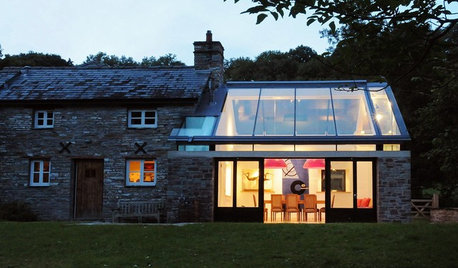
BUDGETING YOUR PROJECTDesign Workshop: Is a Phased Construction Project Right for You?
Breaking up your remodel or custom home project has benefits and disadvantages. See if it’s right for you
Full StorySponsored
Central Ohio's Trusted Home Remodeler Specializing in Kitchens & Baths



dottie_in_charlotte
tietie
Related Discussions
Deciduous versus evergreen... what are the advantages of each?
Q
What's with the conifer advantage?
Q
2010 4th Annual North Carolina Quilt Retreat
Q
A Carolina Transplant To be
Q
ncdreamer
dellare
blueangelOriginal Author
alicia7b
Iris GW
blueangelOriginal Author
dellare
DYH
tamelask
blueangelOriginal Author
sqftgarden_in_wnc
sojay
mad_about_mickey
jmblack_nc
lindakimy
deborahz7
tamelask
love2gardennc
geebeega
mikepots
catc
jenniesue
alicia7b
claudia_sandgrower
dellare
lindakimy
dellare
claudia_sandgrower
lindakimy
claudia_sandgrower
dellare
claudia_sandgrower
laurabs
immrlizard
deirdre_2007
carla17
buckeyejoe
ccoombs1